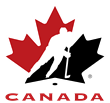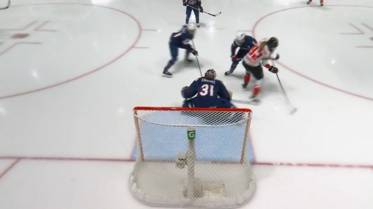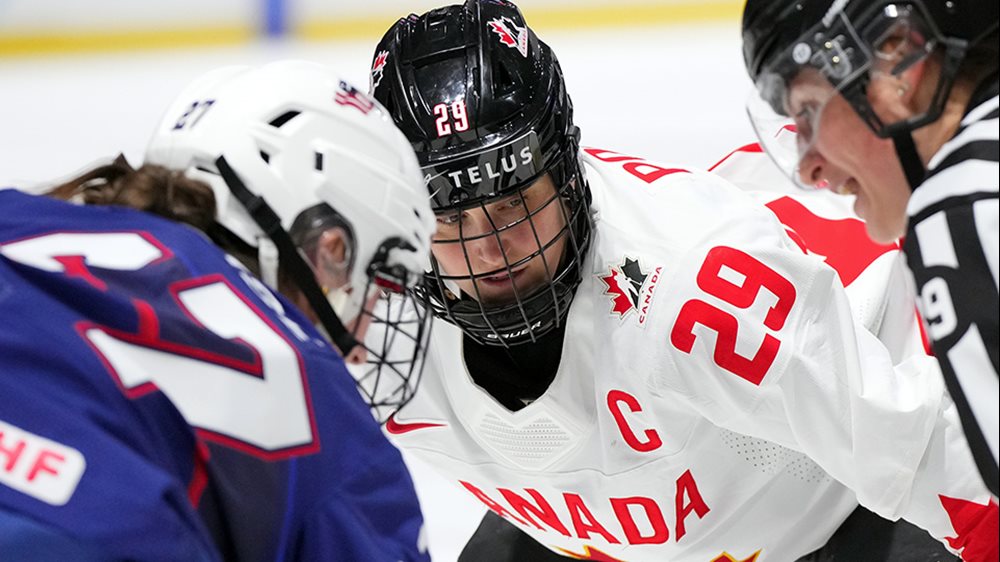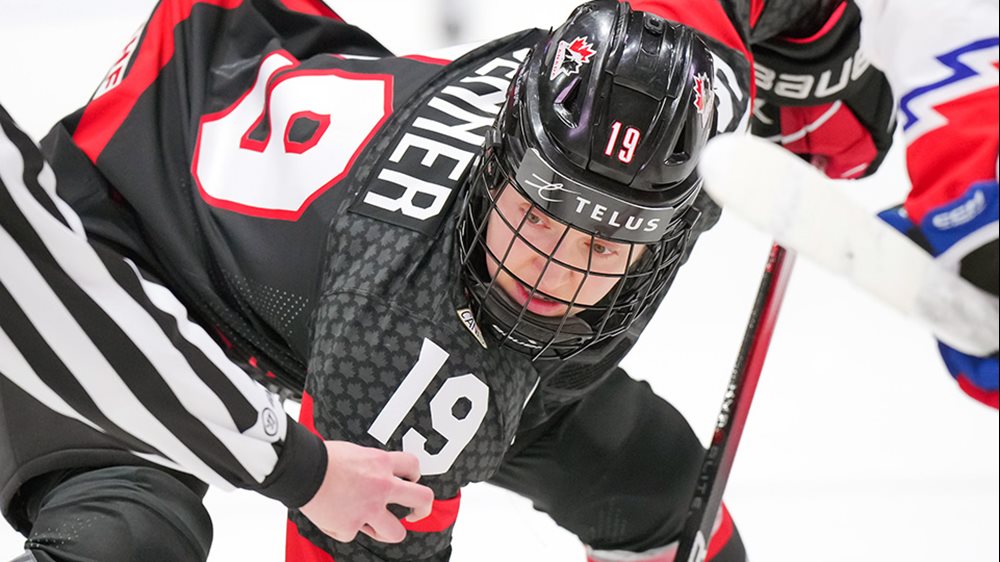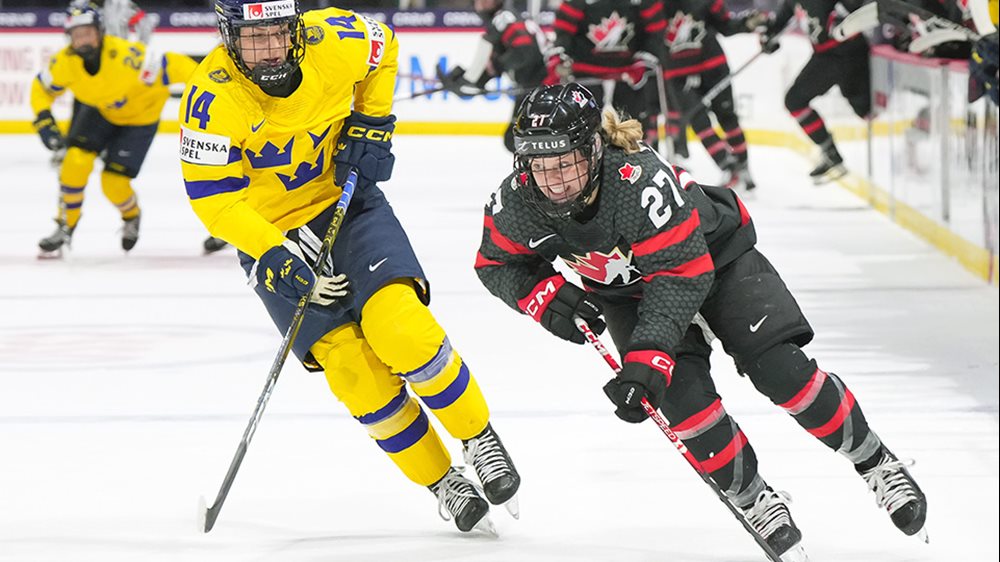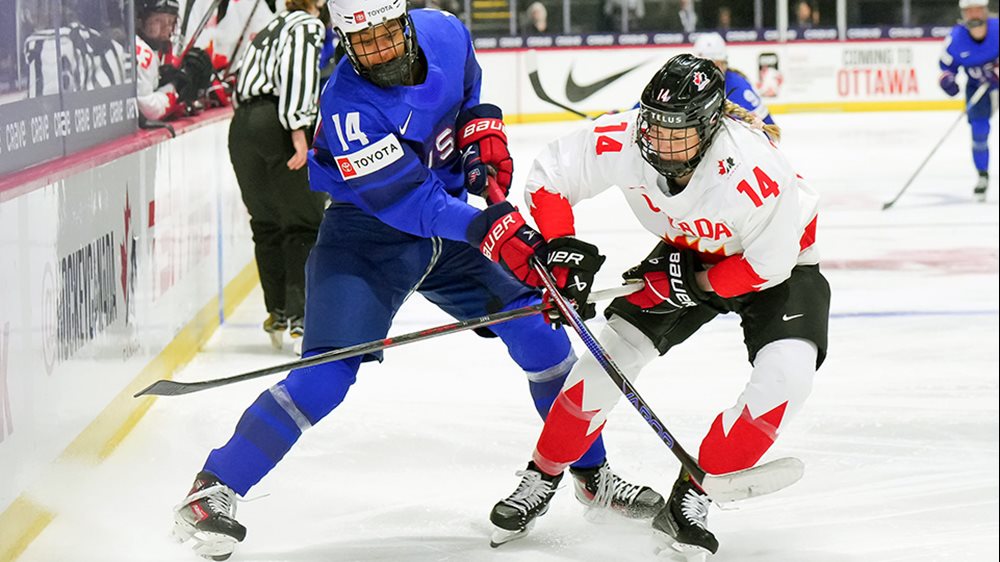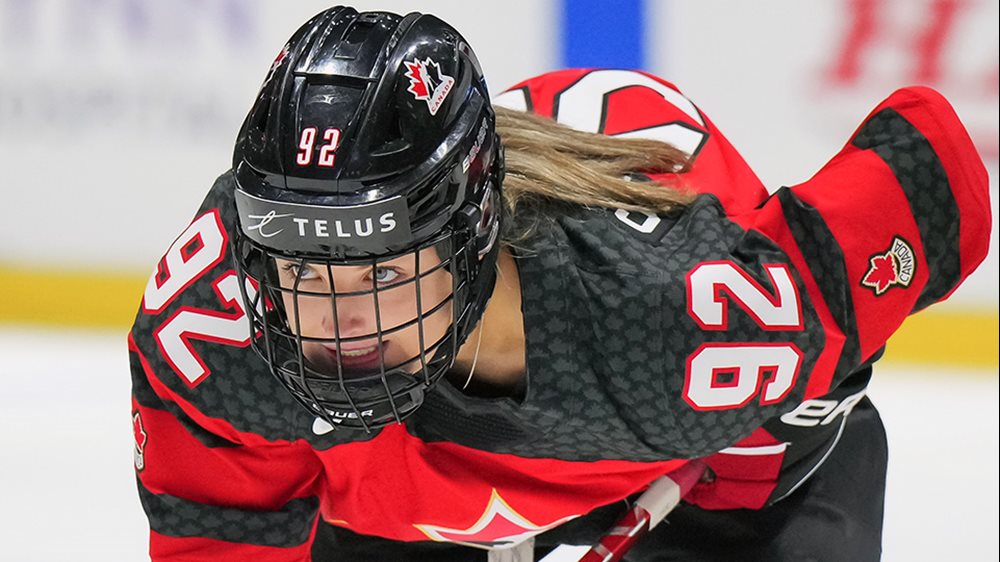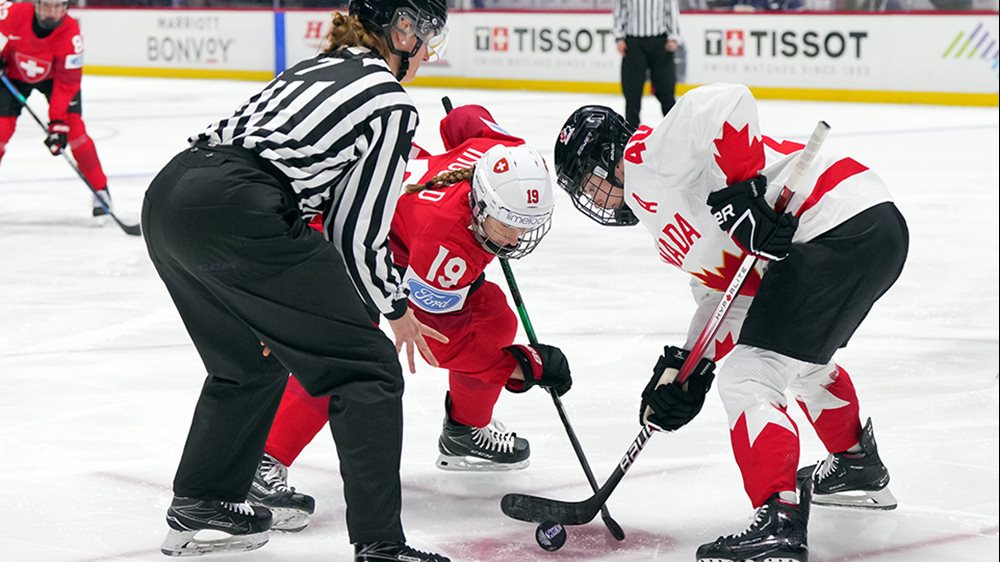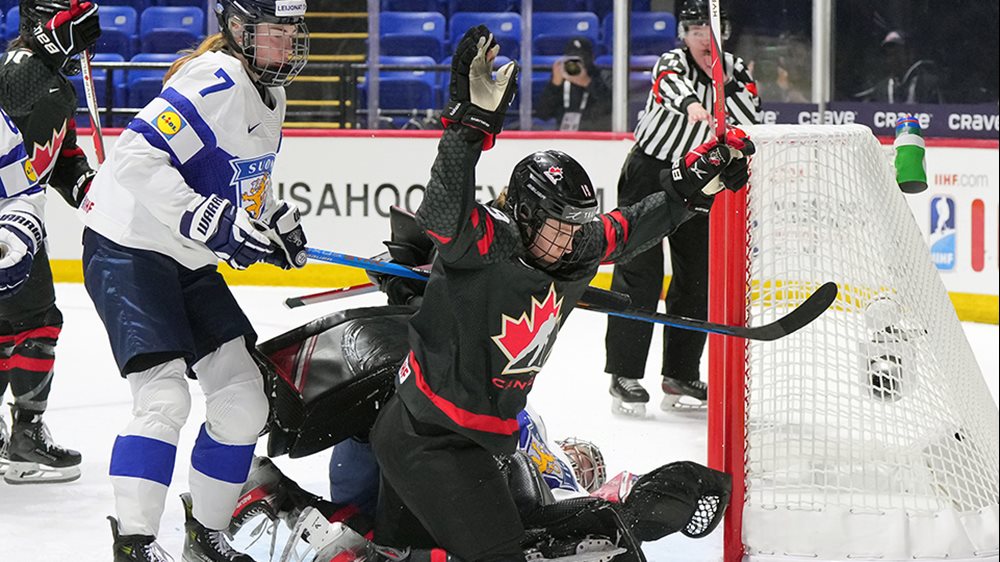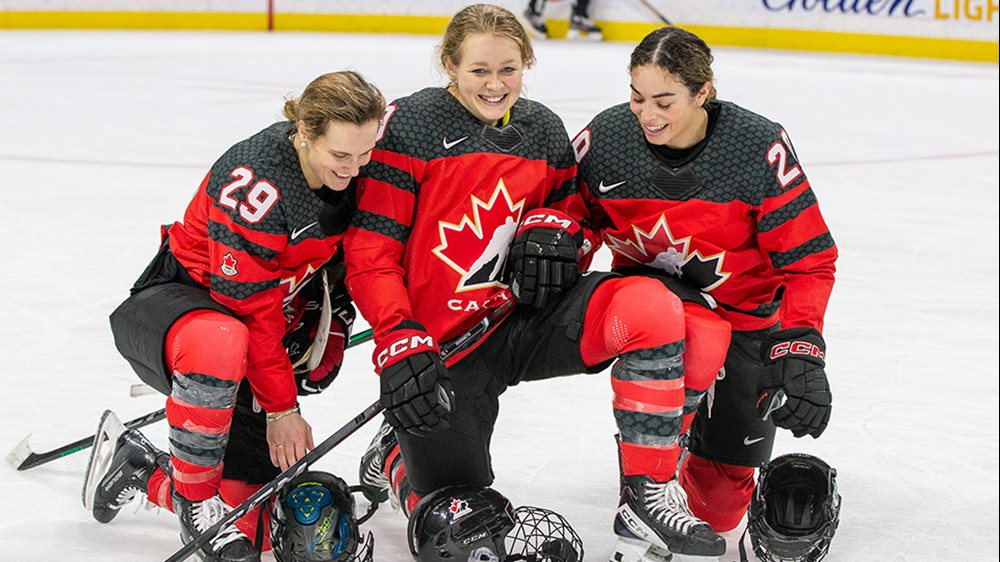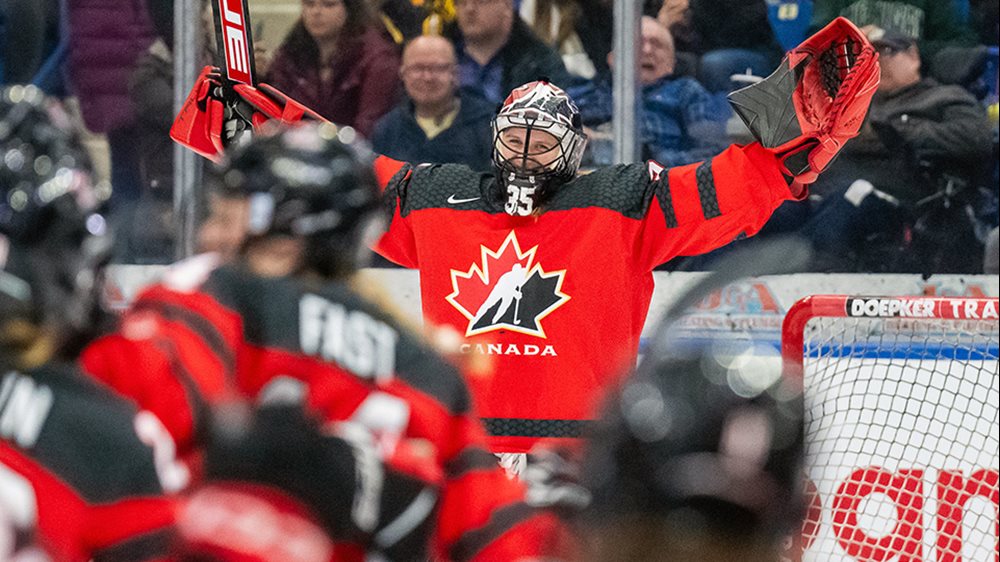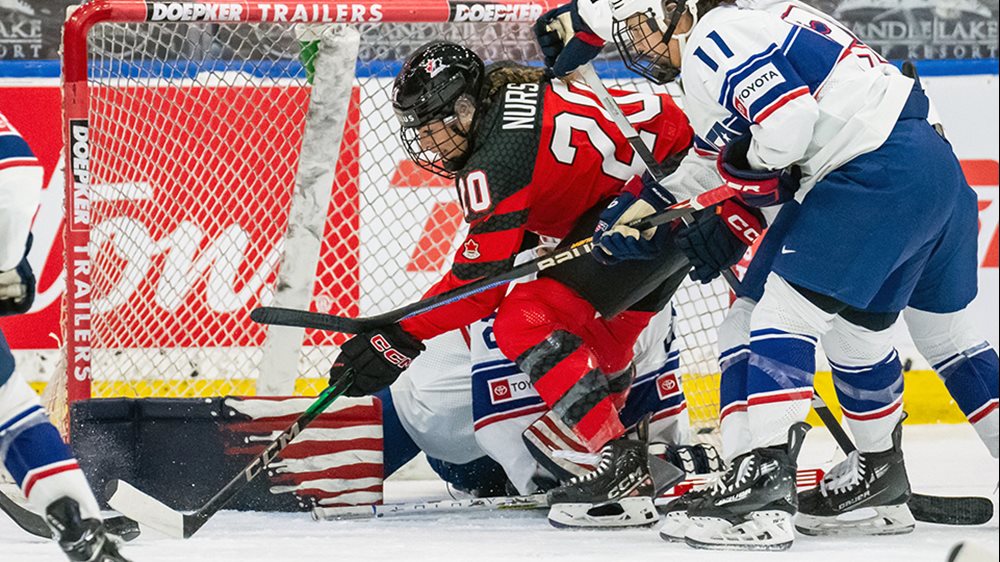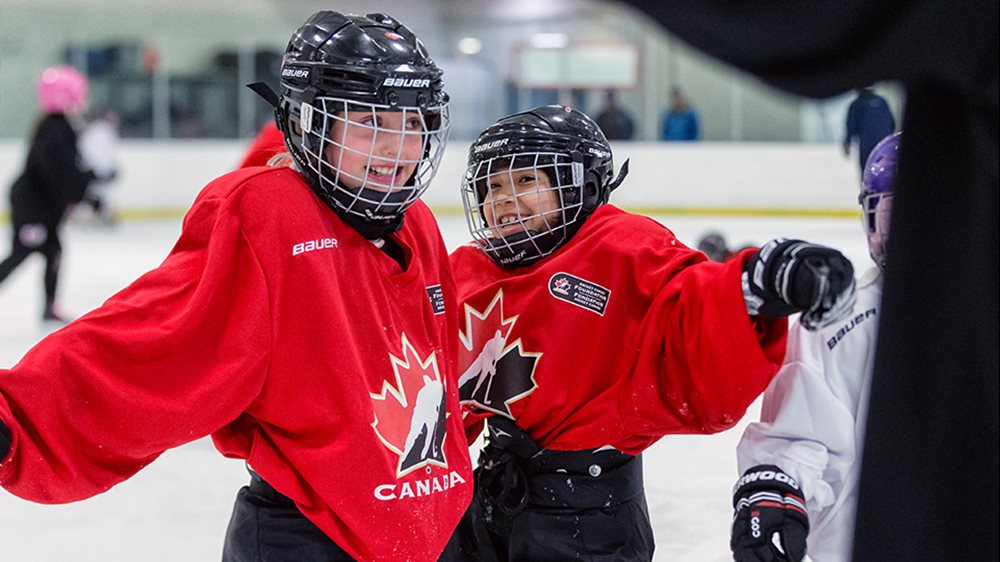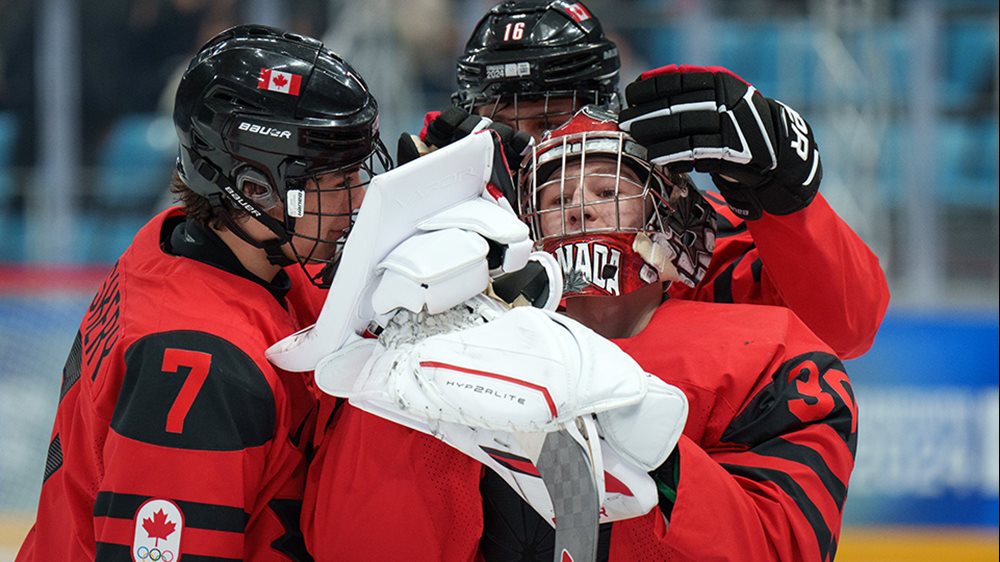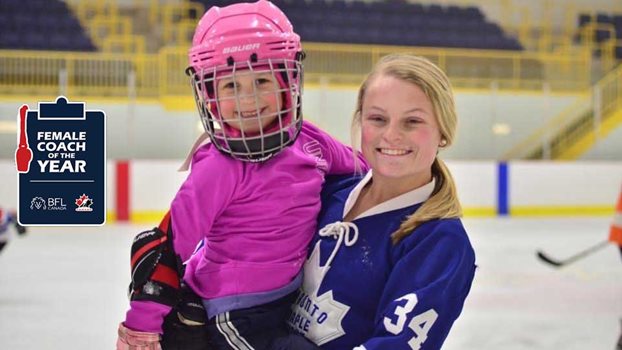
Sharing a love of the game
A connection to her hometown led Katie-Lynn Cummiskey behind the bench in Pownal, P.E.I., and helped her earn BFL Female Coach of the Year honours
Home is where the heart is for Katie-Lynn Cummiskey, and it’s why she gives back to Pownal Minor Hockey.
It’s also a big reason why the 24-year-old took home the BFL Female Coach of the Year Award (Community) for Prince Edward Island.
“I was shocked,” says Cummiskey. “This will motivate me to continue to coach.”
Cummiskey has been coaching since she was 15. Last season she was behind the bench as head coach of the female Bantam A (now U15) Pownal Red Devils, as well as assisting with the NHL/NHLPA First Shift program.
“My dad was a big influence on me and thought it was a good thing to give back to the community,” she says. “Once I stepped on the ice the first time as a coach, I knew it was something that I wanted to continue.”
Cummiskey played hockey throughout her childhood with Pownal Minor Hockey and joined the women’s team at Holland College as she studied to become a kinesiologist.
She stepped away from coaching as school demanded more from her but was able to stay involved through the First Shift program, which ensures a positive experience for new-to-hockey families at a reduced cost.
Every player receives head-to-toe Bauer equipment and learns the basics in a fun on-ice environment.
“I thought it was a great initiative in getting kids into hockey,” says Cummiskey. “This program helps teach kids the fundamentals. With many coaches on the ice, none of the kids feel left out.”
Cummiskey has coached with the program for the past five years, and it is the excitement of the kids that keeps bringing her back.
“I get too competitive and lose touch with that initial feeling of why I love the game, but seeing their joy of learning a new skill and how their faces light up when they learn the sport is special,” she says.
Cory Barlow is a mentorship coach with Pownal Minor Hockey and nominated Cummiskey for the BFL award.
“She was the first person that came to mind when I saw the nomination application,” he says. “Katie-Lynn can pick a kid out of a crowd and make it so that they enjoy the game.”
An empathic approach is how Cummiskey connects with younger athletes. Barlow shared an example from the First Shift program when a child with a learning disability wanted to try the program but was uneasy about getting on the ice.
“I asked Katie-Lynn to work her magic, and within 10 minutes, this player was on the ice with the biggest smile,” Barlow says.
Cummiskey believes that sports are for everyone, and in this particular example, she didn’t want the little girl to miss out.
“My uncle was legally blind, and he missed out on a lot of things growing up, so it was personal for me,” she says. “A lot of times, kids can be excluded from activities. It [was] important to make sure this child was included and enjoying themselves.”
Cummiskey didn’t have a woman as a coach until she was in Bantam, and it made a world of difference to her to have a fellow female behind the bench.
“[Female] personalities match up a little better. They approach the game differently, especially in the teenage years,” says Cummiskey. “I do feel that when it comes to girls' sports, it is important to have a female – even if they aren’t a head coach – to talk to on the bench.”
For more information: |
- <
- >
